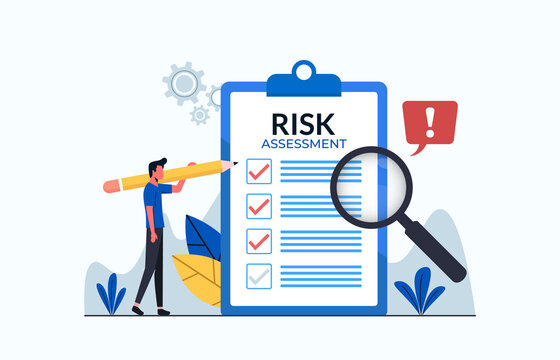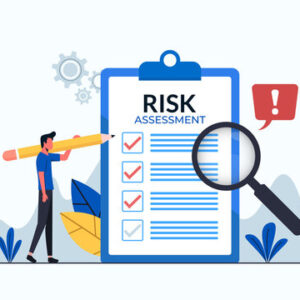Quality Risk Assessment for Sampling (External Sampling)
Original price was: ₹30.00.₹20.00Current price is: ₹20.00.
+ Free ShippingQuality Risk Assessment for Sampling (External Sampling)
Conducting a quality risk assessment for external sampling in manufacturing or production processes involves evaluating the risks associated with obtaining and analyzing samples outside the immediate control of the manufacturing environment. Here’s a detailed approach to managing those risks effectively:
1. **Identify Sampling Points**: Determine where the samples will be taken. This could be at a supplier’s site, in the field, or at a third-party laboratory. Each location may introduce specific risks based on environment, handling, and transport conditions.
2. **Evaluate Contamination Risks**: Consider the potential for contamination during the sampling process. This includes environmental contaminants, cross-contamination between samples, and contamination through improper handling or storage.
3. **Assess Sample Integrity**: Assess the risks to the integrity of the samples during collection, packaging, transportation, and storage. Factors like temperature control, vibration, exposure to light, and delays in transport can affect sample quality.
4. **Determine Analytical Variability**: Understand the variability in test results that might arise from using external laboratories or equipment. This includes calibration differences, operator proficiency, and methodological consistency.
5. **Mitigation Strategies**: Develop strategies to mitigate identified risks. This might involve standardizing sampling procedures, using specialized transport containers, selecting accredited laboratories with robust quality control systems, and conducting parallel testing initially to compare results with in-house analysis.
6. **Documentation and Traceability**: Implement thorough documentation and traceability measures for all samples collected and analyzed externally. This should include detailed records of sample collection times, conditions, chain of custody, analytical methods used, and results obtained.
7. **Regular Audits and Reviews**: Conduct regular audits of external sites and laboratories to ensure compliance with agreed standards and practices. Review contracts and service level agreements to enforce these standards.
8. **Quality Agreements**: Establish quality agreements with all external parties involved in the sampling process. These agreements should clearly define responsibilities, quality specifications, and compliance requirements.
9. **Training and Competency**: Ensure that all personnel involved in the sampling process are properly trained and competent. This includes both in-house staff and external partners.
10. **Communication**: Maintain effective communication with external partners to promptly address any issues that might arise during the sampling process. 11. **Risk Review and Continuous Improvement**: Regularly review the risks associated with external sampling and update the risk management strategies based on actual experience, changes in the external environment, or technological advancements. By meticulously addressing these factors, you can minimize the risks associated with external sampling, ensuring that the samples accurately reflect the quality of the product and support reliable decision-making.









Reviews
There are no reviews yet.